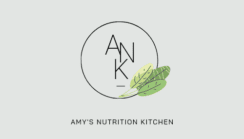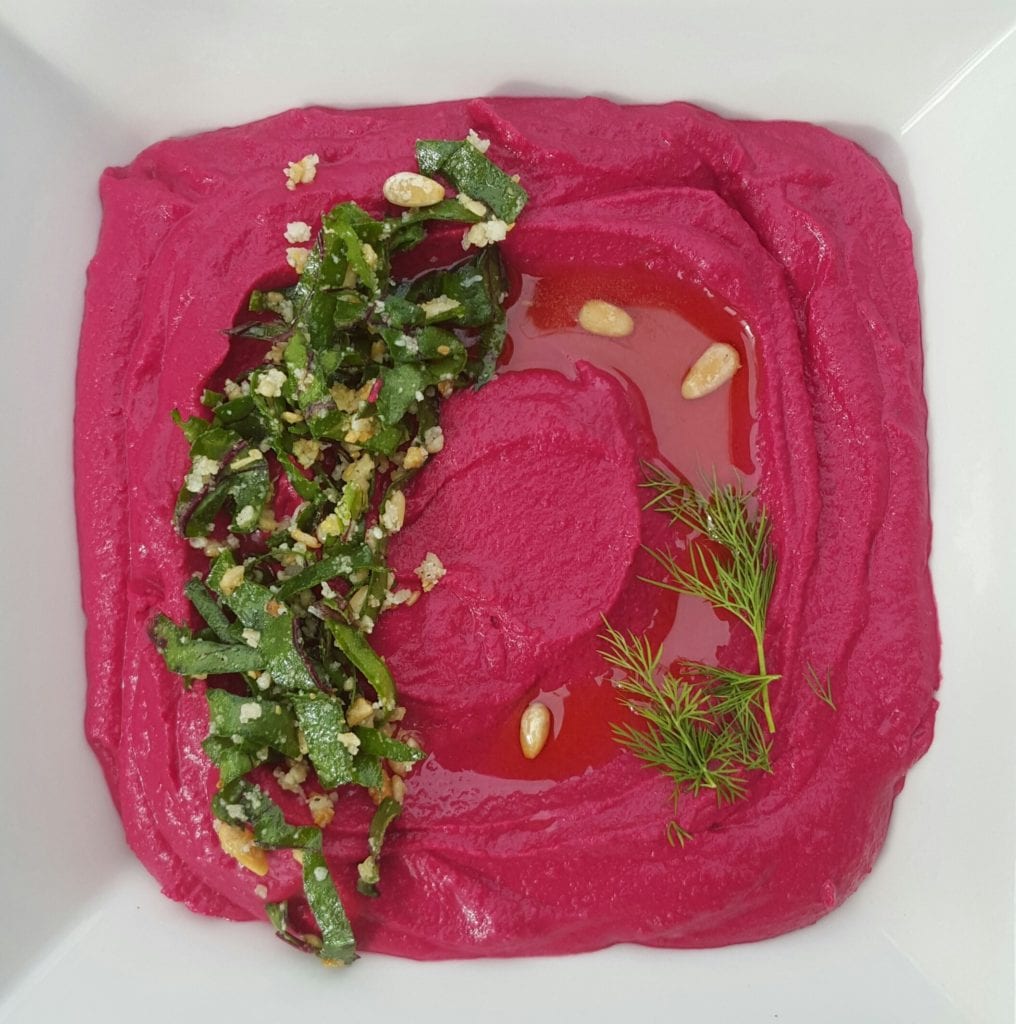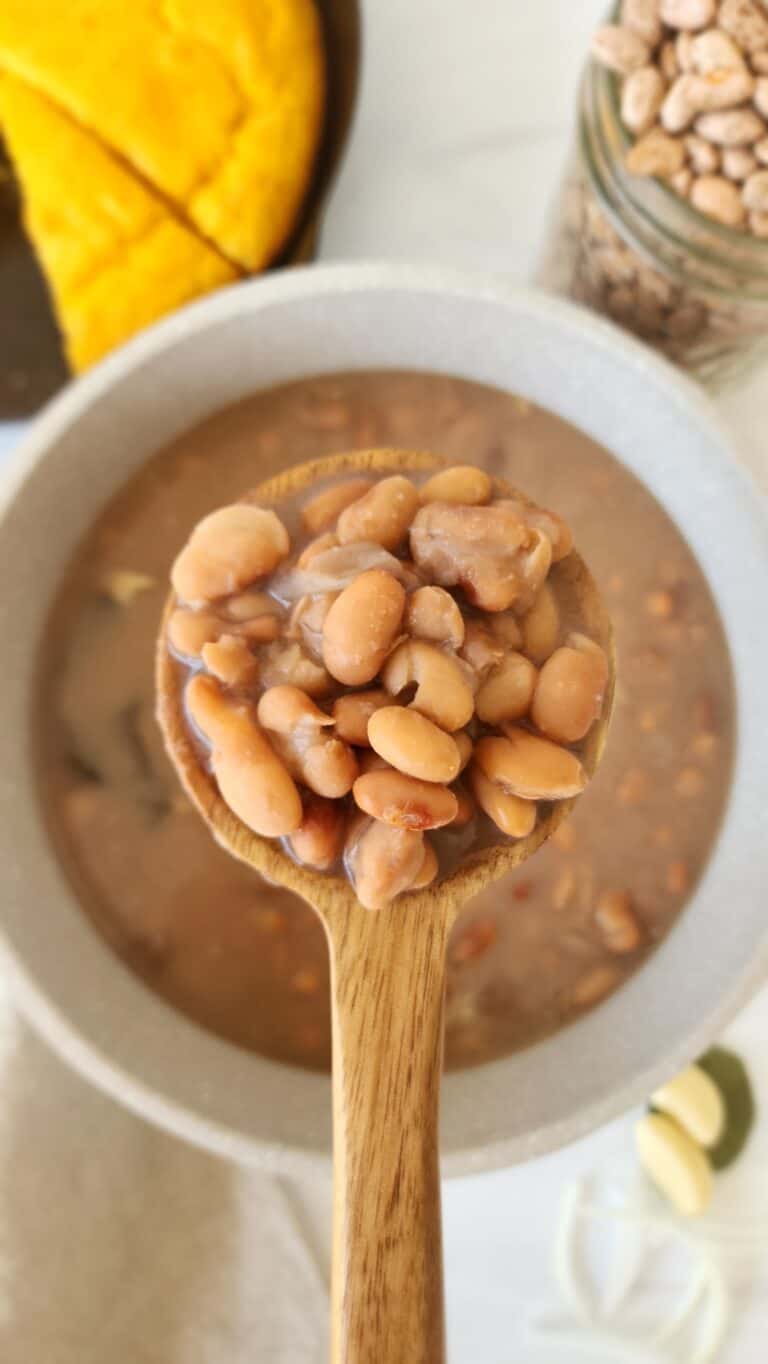February is Heart Health Month. Heart disease is the leading cause of death for men and women in the United States. Every year, 1 in 4 deaths are caused by heart disease.
Your father, grandmother, and aunt may have heart disease, but even with a strong genetic predisposition you can cut your risks dramatically by pursuing a heart healthy lifestyle – and it’s easier than you think.
Here are some of the most recent statistics because I am a little bit of a numbers geek, er, maybe I like to put things into perspective:
610,000 people die of heart disease in the United States every year – that’s 1 in every 4 deaths.
Heart Disease is the leading cause of death for both men and women. More than half of the deaths due to heart disease in 2009 were in men.
Coronary Heart Disease is the most common type of heart disease, killing over 370,000 people annually.
Every year about 735,000 Americans have a heart attack. Of these, 525,000 are a first heart attack and 210,000 happen in people who have already had a heart attack.
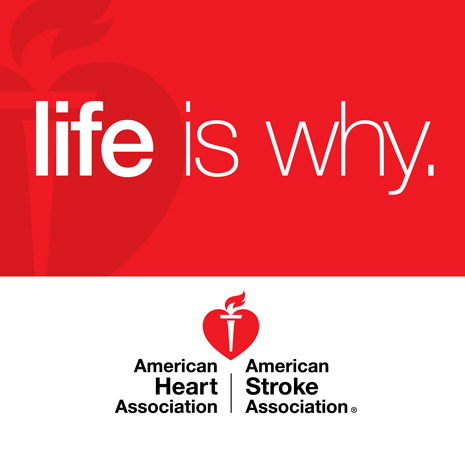
Sometimes the headlines can be confusing: Chocolate is bad for your heart. No, it’s good. Wine is unhealthy. Wait, it’s healthy. Eggs raise cholesterol or wait, maybe they don’t. What’s the truth?
With all of these mixed messages about food in the media, food bloggers blogging about what’s healthy when it’s really not, yeah, the message can get/is confusing. It’s not surprising that many people will just give up trying to figure out what they should eat. If you’re confused, you’re not alone. (and one of the reasons why I started this blog, to clear up the confusion). Ask A Dietitian – I am your resident expert on all things food.
Forget the confusing headlines – the best way to eat heart healthy is to follow national guidelines from organizations like the American Heart Association (AHA). These guidelines are established by experts who monitor research and are not focused on the latest fad or trend. Below are your general guidelines put out by the AHA. If this is nothing new to you and you want to skip to the end, that’s where I’ll clarify a few myths that have been circulating and highlight a few red foods that are heart healthy.
Control Your Portion Size – How much you eat is just as important as what you eat. Overloading your plate, taking seconds and eating until you feel stuffed can lead to eating more calories, fat and cholesterol than you should. Portions in restaurants are often more than anyone needs. Keep track of the number of servings you eat – and use proper serving sizes – to help control your portions. If you need to, measure your food until you get used to what a proper serving size looks like. We are a nation of portion distortion and once you see what a portion really is you might be surprised. Eating more of low-calorie, nutrient-dense foods, and less of high-calorie, high-sodium foods, can shape up your diet as well as your heart and waistline.
Eat more fruit and vegetables. My brother challenged himself to eat 100 different fruits and vegetables a couple of years ago. When I heard he was doing this, I decided I’d try to do it for myself. I was nowhere close to how many different ones that he had eaten, but I know that the challenge for me came to trying to include more fruits and vegetables that were not within my norm. We are creatures of habit and we tend to start eating the same foods over and over. My daily fruits and vegetables that I typically eat are strawberries, oranges, peaches or nectarines, spinach, tomato, carrots, and mixed greens. Since this challenge some of my daily fruits have been pomegranate, raspberries, persimmon, grapefruit, bok choy, fennel, red onion and arugula. When I teach the kids (and adults) and tell them the benefits of eating fruits and vegetables the number one thing I hear is, “I don’t like them”. I call their bluff. There are too many fruits and vegetables out there for them to tell me they don’t like them. I challenge them to try new ones and focus on the ones that they do love. They’re bound to find some that they like. Fruits and vegetables are good sources of vitamins, minerals, and antioxidants. Not to mention that they are also low in calories and rich in dietary fiber. Make sure you’re eating your fruits and vegetables and not just trying to get them in a pill form.
Select Whole Grains – Whole grains are good sources of fiber and other nutrients that play a role in regulating blood pressure and heart health. Increase the amount of whole grains by making simple substitutions for refined grain products. And just like with your fruits and vegetables try a new whole grain, such as quinoa, sorghum, farro, or buckwheat.
Limit unhealthy fats and cholesterol – Limiting how much saturated and trans fat you eat is an important step to reduce your blood cholesterol and lower your risk of coronary heart disease. A high blood cholesterol level can lead to a buildup of plaque in your arteries, called atherosclerosis, which can increase your risk of heart attack and stroke.
The best way to reduce saturated and trans fat in your diet is to limit the amount of solid fats – butter, margarine and shortening – you add to food when cooking and serving. You can also reduce the amount of saturated fat in your diet by trimming fat off your meat and choosing lean meats with less than 10% fat (and remember to watch your portion sizes when it comes to eating meat. We tend to eat too much). Trans fats are added in to products to help extend their shelf life. Check the food labels and look for the phrase “partially hydrogenated oil” in the ingredient list. The labels may say they’re “trans-fat free”, however, they may still have trace amounts – hopefully soon and very soon they will eventually be removed.
When you do use fats, choose monounsaturated fats, such as olive oil or canola oil. Polyunsaturated fats, found in nuts and seeds, are also good choices for a heart-healthy diet. When used in place of saturated fat, monounsaturated and polyunsaturated fats may help lower your total blood cholesterol. Moderation IS essential. All types of fat are high in calories.
Reduce the Sodium In Your Food – Eating a lot of sodium can contribute to high blood pressure, a risk factor for cardiovascular disease. Reducing sodium is an important part of a heart-healthy diet. Healthy adults should have no more than 2,300 milligrams (mg) of sodium a day (about a teaspoon). People age 51 or older, African-Americans, and people who have been diagnosed with high blood pressure, diabetes, or chronic kidney disease should have no more than 1,500 mg of sodium a day.
Reducing the amount of salt you add to food at the table while you cook is a good first step, however, much of the salt you eat comes from canned or processed foods, such as soups, salad dressings, and frozen dinners. Eating fresh foods and making your own soups and stews can reduce the amount of salt you eat. If you like the convenience of canned soups and prepared meals, look for ones with reduced sodium. Another way to reduce the amount of salt you eat is to choose your condiments carefully. Many condiments are available in reduced-sodium versions, and salt substitutes can add flavor to your food with less sodium.
It’s often tough to change your eating habits. Whether you have years of unhealthy eating or simply want to fine-tune your diet, these tips will help get you started. While it’s important to focus on our diets, there are also things that we can do to help reduce our risk of heart disease.
Get Active – It’s easy to get discouraged about exercise. It’s hard to fit into a busy lifestyle. No excuses – like eating right, getting the exercise your heart needs is easier than it looks.
If you’re not overweight, all you need to do to maintain a heart healthy lifestyle is 30 minutes of moderate physical activity five or more times a week. And you don’t have to do it all at once –15 minutes in the morning and 15 minutes in the evening are fine. The research shows being physically inactive is a major risk factor for developing coronary artery disease.
And exercise is the gift that keeps on giving. Regular, moderate exercise helps: control blood pressure, prevent diabetes, maintain healthy cholesterol levels, and can even put you in a good mood.
If you need to lose weight, it’s going to take a little more effort. The recommendation is low to moderate intensity activities for 60 minutes per day. To lose weight you have to decrease your calories in and increase your calories out. If you just reduce your caloric intake your body slows its metabolism to compensate. The key is making sure to include exercise, daily. Don’t skip it!
Don’t Smoke! – Smoking is the single most dangerous thing you can do to your heart. Alone, cigarette smoking increases your risk of heart disease and also worsens other factors that contribute to heart disease, such as blood pressure and decreasing the levels of HDL, your good cholesterol. If you smoke a pack a day, you have more than twice the risk of a heart attack than someone who doesn’t smoke.
Every cigarette you cut back matters. While the goal is always complete cessation, even eliminating one cigarette a day can make a difference. A big plus: It doesn’t take long for your body – and your heart in particular – to reap the health benefits of quitting. Your heart rate and blood pressure will drop, your circulation and lung function improve, and just one year after quitting, your excess risk of coronary heart disease is just half that of a smoker’s.
Other Risk Factors – While these might not be on your radar they are very prevalent, commonly missed, and potentially dangerous for your heart. They’re often called “silent epidemics”: anger, anxiety, depression, and social isolation. If you or someone you love is depressed or harboring a lot of anger, encourage them to seek help. There are many methods to help you deal with these risk factors.
Family Tree – There are some risk factors that you can’t control, and family history is one of them. If a close relative had a heart attack or died of heart disease then the health of your heart may be at greater risk. Families share a predisposition to heart disease both because they have shared genes and a shared lifestyle. While you get half of your genes from mom and half from dad you probably also get your eating and exercise habits from them too. If you have a family history of heart disease, it’s important that you have yourself checked out.
A Few Myths to Clear Up
Eggs. When the new Dietary Guidelines were released a few years back it removed the limit on cholesterol. Enter the confusion with eggs. Understand this – dietary cholesterol alone does not raise blood cholesterol. Again, I repeat dietary cholesterol alone does not raise blood cholesterol. Let that sink in. Enter the good old “incredible, edible egg”. Remember how your parents used to say that you weren’t the one they were concerned about, but rather it was who you were hanging around with? Well, that’s the case for the egg. A great source of lean protein and low in saturated fat, the egg is often 9 times out of 10 accompanied by butter, bacon, and cheese. And that’s the problem. There’s a synergistic effect by combining them all together. While the egg is lean, the others are not. Combining them all together is the problem and it’s attributed more to the saturated fat than it is the cholesterol (because dietary cholesterol alone doesn’t raise blood cholesterol). So for all those years the poor egg was blamed for being the bad guy when it was really who he was hanging out with (maybe your parents were right?)
The question always then comes to, “How many eggs can I eat in a day?” The short answer, I can’t tell you. I’m not trying to be evasive, but it really does depend on your genetics and also your day’s intake – was it high in saturated fat? Maybe you get none. I’d be honest in telling you that eggs are lean and lower in saturated fat and I’d recommend for those to be your source of protein than would I recommend bacon, butter, and cheese, but the truth is it really is all about balance. Check your overall intake for the day. The AHA recommends aiming for a dietary pattern that achieves 5% to 6% of calories from saturated fat. For those that are bad at math, a person that eats 2,000 calories a day (and calories vary by person) should have no more than 120 calories from saturated fat, ~13 grams of saturated fat. So there you go. I’m not one to always recommend tracking your food intake, but I think sometimes it’s a big eye opener for people to see where their food is coming from and the actual breakdown. It’s easy for me to know the balance most times, but for someone that’s not a dietitian, log a few meals, see how they stack up – that quarter of your plate coming from lean protein also helps you keep within the recommended limits if logging your food isn’t your thing. Balance. Variety. Moderation. Cliché, but true.
Coconut Oil – Its sweet smell of the tropics and its recent claims to cure what ails you, it’s everywhere. Just take a look on social media and you’ll see it in shampoo, skin creams, smoothies, and coffee.
The buzz started recently due a science advisory from the American Heart Association that recommended against ingesting coconut oil. Take a read if you haven’t already here.
I’m not sure when/where coconut oil took the turn for people considering it to be healthy (I do know and will tell you in a minute), but what I do know is that no one food is the magic cure all. People often try to latch onto the next thing that will make all the weight disappear or “speed up their metabolism” (don’t you think we would’ve bottled that up by now if we knew what it was?)
There was a study done that showed a type of fat in coconut oil can increase metabolism and boost weight loss. That ingredient is called medium-chain triglycerides, or MCTs. This study reported that MCTs are processed by the body differently than other dietary fats. The often overlooked part of this study is that the oil used in the study was a special 100% medium-chain coconut oil – translate, no one uses this coconut oil in the mainstream. In order to get that quantity of MCT oil you’d have to use 10 tablespoons of coconut oil in a day. No one should take in that much, nor should they – why? Back to the saturated fat issue. One tablespoon of coconut oil adds up to more than 11 grams of saturated fats, which is nearly the daily limit of 13 grams.
Remember what I said about eggs. A healthy diet is a balancing act that requires people to include a variety of foods – i.e. unsaturated fats found in fish and non-tropical vegetable oils – but also practicing moderation. Face reality and don’t always believe the hype, i.e. wishful thinking, if it sounds too good to be true it probably is. Sorry coconut oil. But stay tuned to more studies isolating MCT oil.
Red Foods for Heart Health
Red Onions – have been shown to lower total blood cholesterol and raise HDL cholesterol (that’s the healthy kind). Additionally it helps discourage clot formation and also encourage them to dissolve.
Tip: Pickle your onions to help decrease the bitterness. You will get more nutritional bang by eating them raw.
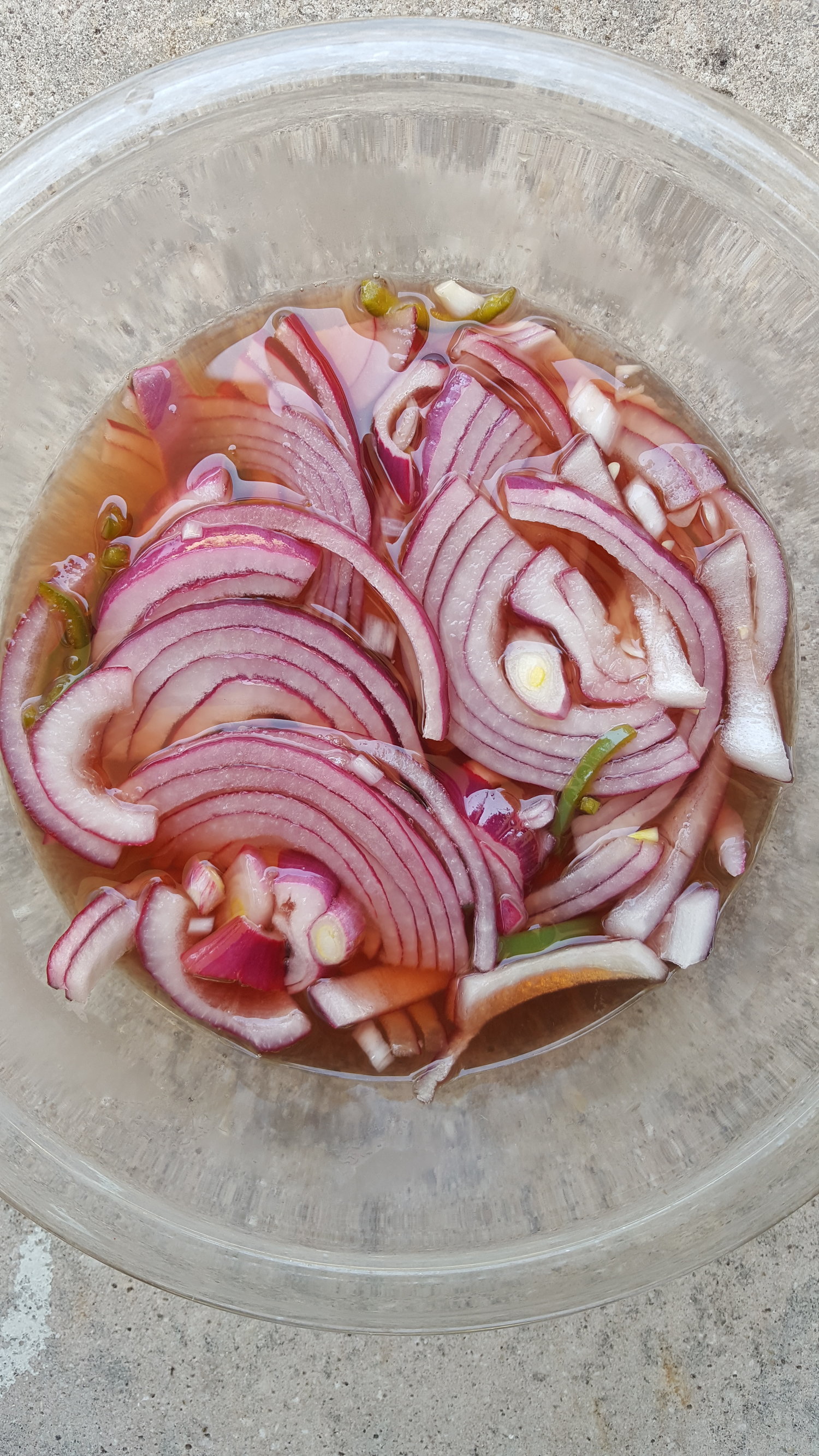
Beets – are packed with antioxidants to help reduce inflammation. They also contain nitrates that help widen blood vessels and increase blood flow. Beets additionally help prevent the “lousy” LDL cholesterol from turning into plaque that eventually leads to clogging our arteries.
Tip: Roasting beets has been my go-to to help me include them in dishes, i.e. salad, dips, etc. They do have an earthy undertone, so I know they’re not for everyone, but definitely aim to include a different form of the beets to see if you do like them a different way.

Tomatoes – are full of antioxidants like Vitamin A and C, as well as the antioxidant lycopene. All of these antioxidants are used to repair damage to the inside of our bodies. Tomatoes have also been shown to lower cholesterol.
Tip: Cooking tomatoes makes the antioxidants more readily available when compared to eating them raw. Just be careful of added sugar in some tomato sauce and look for one without (there are more and more brands using NO added sugar, you just have to read the label!)
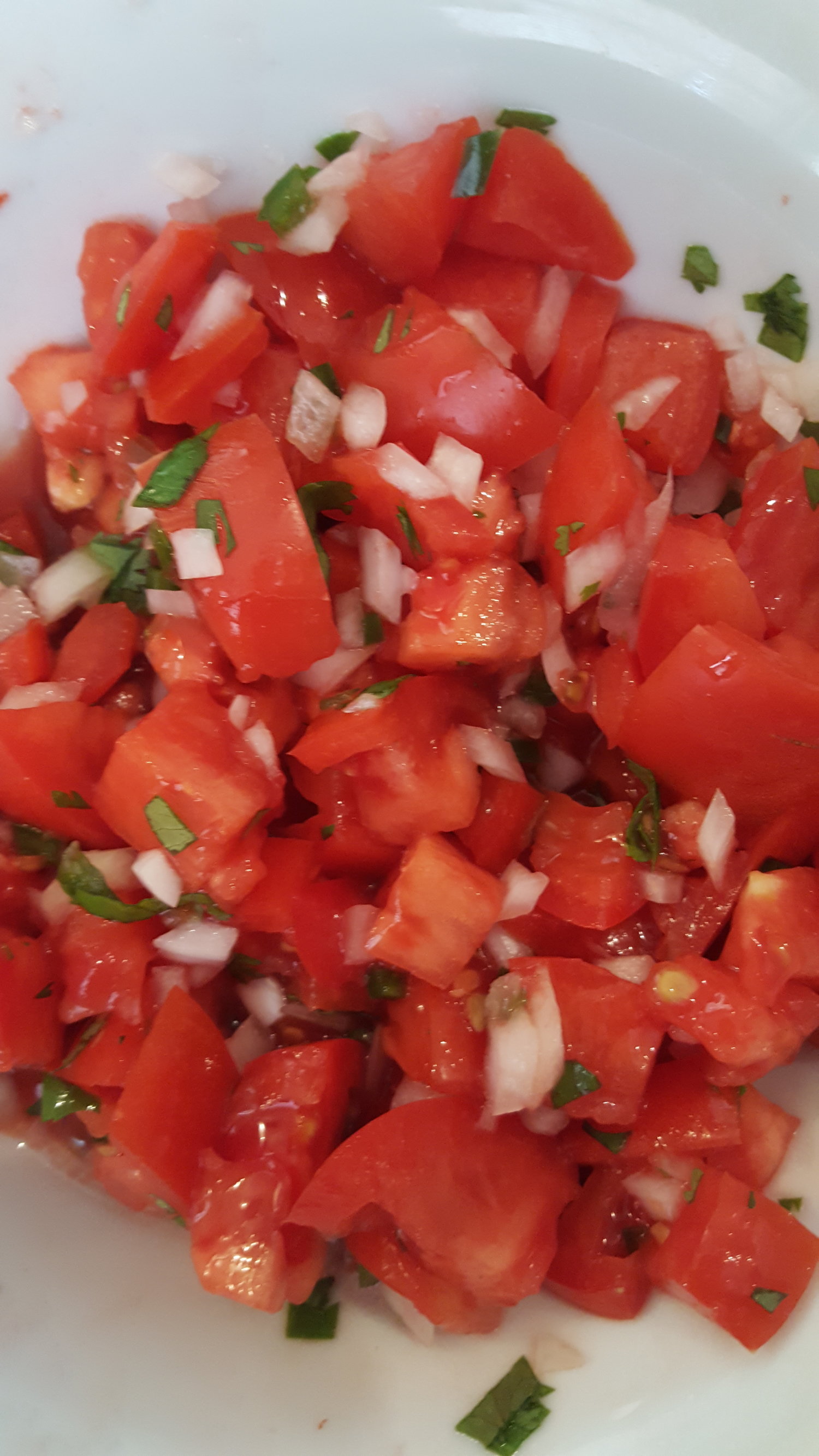
Berries – are one of the fruits with the highest antioxidant content (when compared to other fruits). Berries have been shown to stop inflammation to reduce the risk of heart disease. Berries are one of the fruits that contain the most fiber-per-calorie, which in turn allows the fiber to help lower our cholesterol while also helping us to feel full. 1 cup of raspberries has 8 grams of fiber – that’s a bunch of fiber! (disclaimer – start by increasing fiber slowly in to your diet, otherwise you will feel GI discomfort, aka gas and bloating).
Tip: Add to different dishes to help boost the fiber content of your oatmeal, your salad, and/or a salsa for topping your fish. P.S. It’s strawberry season here in Florida and they are currently as sweet as can be!

There are other red foods that also support heart health – peppers, pomegranates, salmon, and lentils – a little bit of irony that most foods that support heart health are red, I think not! Here’s to heart health and including a few more red foods at meals!
So there you have it. A round-up and a little debunking of some myths of how to make your heart healthy this February. You can greatly reduce your risk of heart disease – or slow its progress – by taking prevention to heart. Making small, gradual changes can make a BIG difference in your health.

